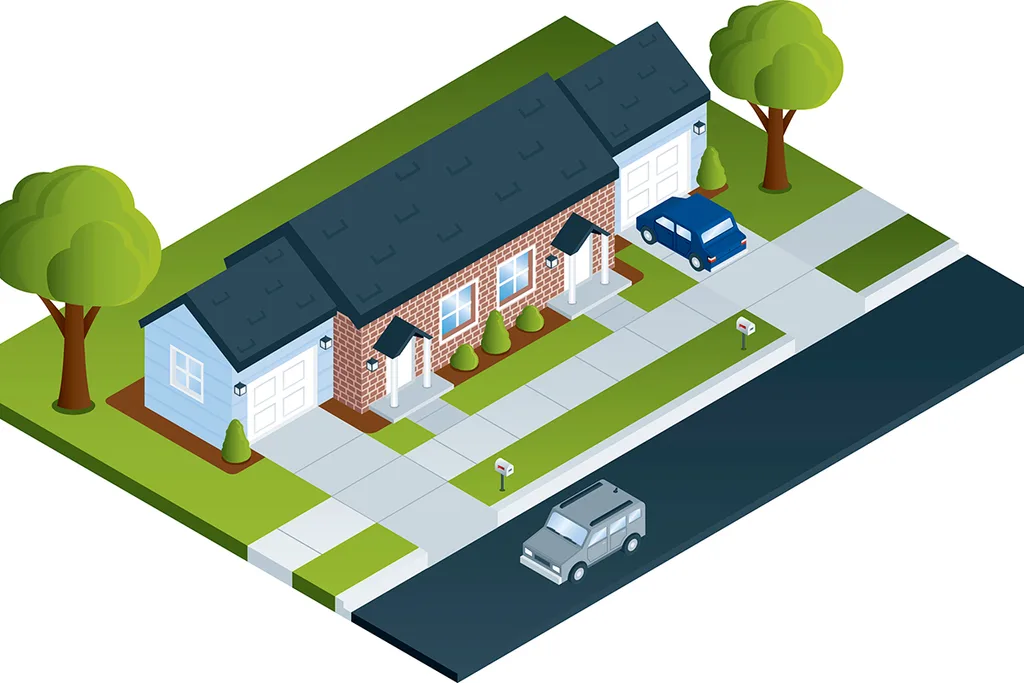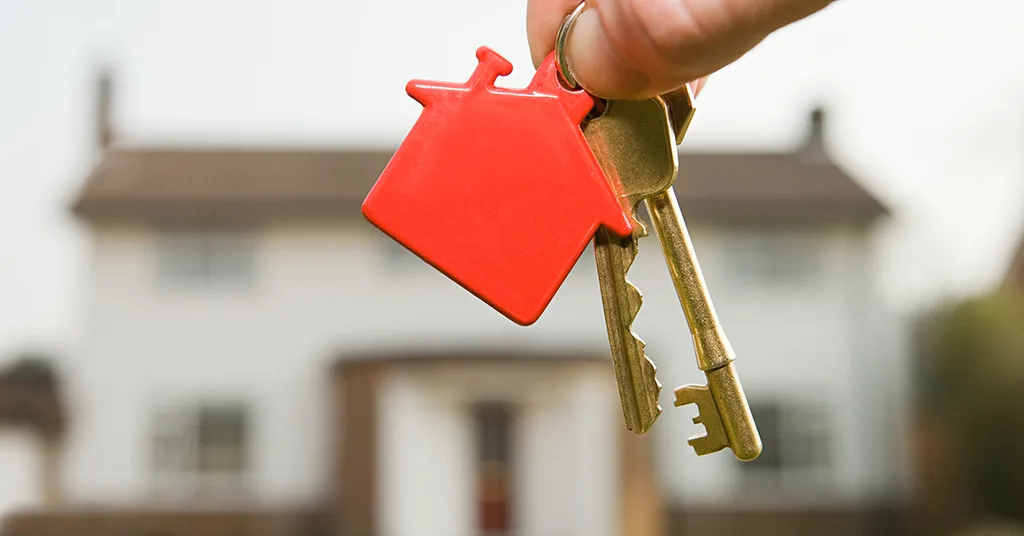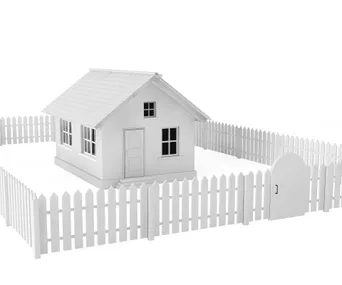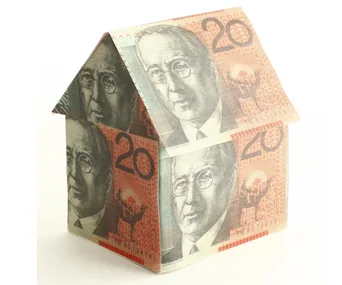If your home is on a decent-sized block you could consider subdividing and building another property on the land, to either rent out or sell for a profit.
The concept of using your backyard to turn a profit is nothing new – for years people have built granny flats behind their homes. While in the past there were fairly rigid restrictions about what you could build and who could live in the property, today these constraints have been lifted in some parts of Sydney and Perth.
On a larger scale, many homeowners dream of adding a second property and subdividing their block of land in an effort to create profits. Yet this is not always as easy as it sounds.
Of course, if your site is suitable such as being located on a corner and the existing house is situated correctly, you could subdivide the backyard and build a second property facing the side street.
This gives you two homes, each with a street frontage, and the option to sell off one home or to hold on to it as an investment.
However, there are many variables at play and if just one of the piece of the jigsaw is missing the whole project could go pear-shaped. For instance, most existing dwellings don’t have two street frontages, nor are they situated favourably for a second building to be plonked directly adjacent or behind.
Once you factor in driveways and a garage for the second property, in most cases it’s simply impossible to build a second house on your land.
Another consideration is that you will end up with a pair of properties that are very different in age and style. And even if you renovate or render the original property, it still won’t quite be in keeping with the modern style of the new property next door. This is likely to downgrade the value of the newly developed home and this makes the strategy that much less appealing.
Instead, if your house has passed its use by date, my suggestion is to create something that will appeal to a wider range of people: a modern townhouse duplex.
Depending on local council regulations and the character of the area, you could configure the development with one townhouse at the front and one at the back, or develop two properties that both face the street.
With our nation’s lifestyle requirements evolving, townhouses and duplexes are highly desired forms of accommodation for a wide group of people, from baby boomers who want to downsize to young people to families looking for an affordable entry point to the property market.
This means replacing an old house in a great position with a duplex pair can be a profitable way forward.
In saying all of this, if you’re considering any type of subdivision or development project it’s important to be aware of the risks involved.
Initially there’s the development risk that the council may not approve your project – an outcome that comes about only after you’ve invested a great deal of time, energy and money into lodging development applications. And along the way you may have to appease your neighbours, who could object to the development.
And let’s not forget that all of this costs quite a bit of money. Banks will generally lend you up to 80 per cent of the construction cost, but they don’t usually cover “soft costs’ like architect and consultants’ fees, council levies and interest.
Plus, you’ll need to factor in contingencies for the unexpected and possibly paying rent for your alternative accommodation during the build. All of this requires a bigger kitty of cash than you may have originally expected.
It’s also important to consult your accountant, as there will be tax implications. When selling your own home, no capital gains tax (CGT) applies, but when you suddenly get involved in transforming its use, you need to get professional advice.
The bottom line is the end result may be worth all of this time, effort and money. Execute this strategy well and you’ll not only trade up your own house for a lovely new home, you’ll have a quality new property investment (or sizeable profits from its sale).
If you get it wrong however – and I have unfortunately seen many investors do just that – you could derail your property investing efforts in one fell swoop.

TAX ISSUES
The main tax concern here is with capital gains tax (CGT). The subdivision itself doesn’t trigger a capital gain but when you subdivide, you’ll need to apportion the original land cost between the subdivisions.
When there’s a subsequent sale of one or more of the subdivided plots, CGT may be an issue. If you sell the part on which your home sits, you won’t generally be liable for CGT because of the main residence exemption. If the part sold is adjacent to or surrounding your home, the main residence exemption usually won’t apply and CGT will be payable.
Or… what about renting it out?
If money is tight, or you just want to be able to save, you can use your home to provide an income.
It’s easier if you are young and single but it can also be an option for families.
For example, Rebecca loses her job and wants to retrain to have better employment prospects, but has a mortgage on her two-bedroom unit. She has the luxury of being able to move back home and parents who are willing to forgo any rental income to help her out.
Rebecca’s monthly mortgage payments are $2000, and she can rent out her unit for $450 a week, meaning the rental almost covers the mortgage. She can also claim other expenses of being a landlord and, since she has worked for half the financial year, she can claim the excess of expenses over income to reduce her tax.
Even if Rebecca had to move into a shared house and pay rent of, say, $200 a week, she would still be better off to the tune of $250 a week plus the tax breaks associated with being a landlord.

TAX ISSUES
As soon as the property becomes an investment, an immediate tax benefit will arise: the interest on any outstanding loan will become tax deductible.
Unfortunately, because the property is no longer your main residence, the capital gains tax (CGT) exemption will be affected. When you dispose of the property, any profit will have to be apportioned between the period of main residence and the period the home was used as an investment property.
The CGT exemption will apply to the former. Note that there are provisions, commonly referred to as the six-year rule, that allow an owner to be temporarily absent from their home without losing the full benefit of the CGT main residence exemption. This rule provides that the property’s owner can be temporarily absent from the home for up to six years at a time without losing the exemption, provided that no other property is treated as the main residence for tax purposes during that period.
The owner can rent the property and reset the six-year period each time they move back.
A version of this article originally appeared in The Australian Women’s Weekly’s How Busy Women Get Rich 2014 issue.
You might also like a video of… Can you guess the celeb baby?



